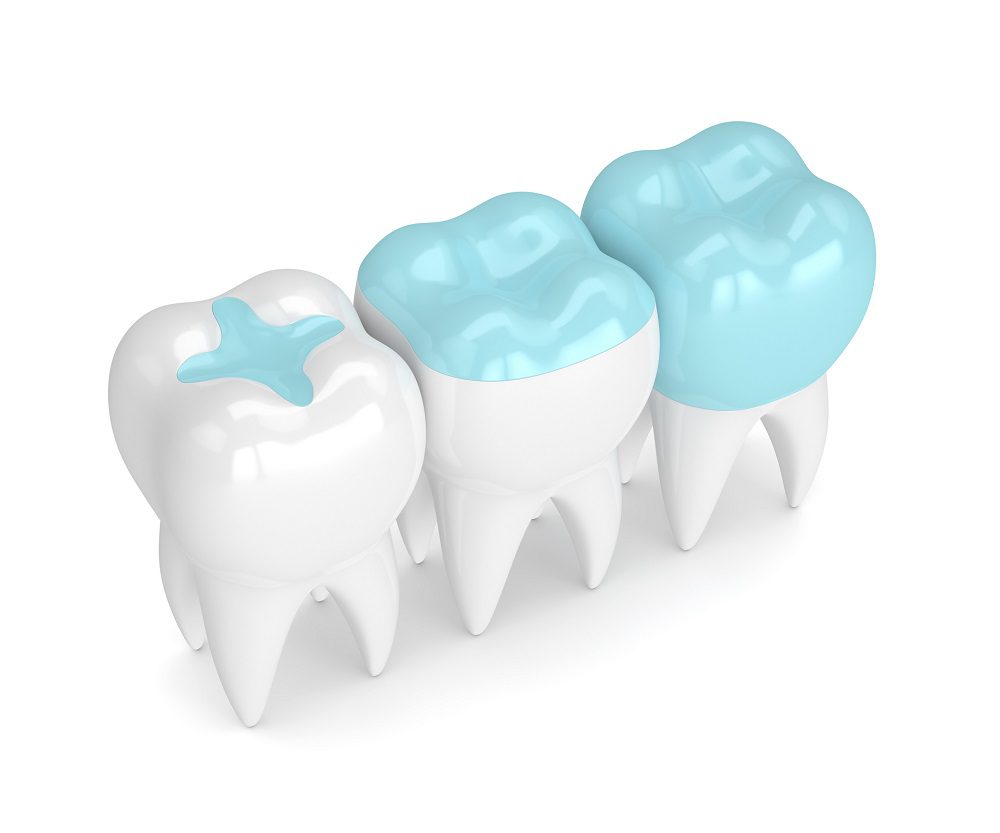When your tooth has decay, it can quickly deteriorate into further dental problems. Without treatment, a simple cavity could lead to gum disease and even the loss of a tooth. A simple cavity filling can help fix small cases of decay. Inlays and onlays in Annapolis, MD, however, can help treat more extensive cases of decay. There’s no set guideline for when a filling or inlay/onlay is necessary. Your dentist will examine each case separately and determine which course of treatment is best for you.

Inlays and Onlays Vs. Cavity Fillings
Most people will experience some level of decay in their life, especially younger children. But if you visit your dentist every six months and make an appointment if you notice pain or sensitivity, you can often catch a cavity before it spreads too far. If, however, the decay is allowed to sit for an extended period of time, it can develop into a deeper concern. In these cases, inlays and onlays may be necessary.
Appointments
One of the main differences between a cavity filling and an inlay or onlay is the appointment schedule. A cavity filling is a relatively simple procedure that can be done in one appointment. In fact, if it’s a particularly small cavity, your dentist may even be able to fill it during your original appointment.
Inlays and onlays, on the other hand, require at least two appointments. The first appointment is when the dentist cleans out the decay and inserts a temporary inlay or onlay to help protect the tooth in between appointments. The permanent inlay or onlay is then made in the lab. You’ll have to return for a second appointment to have the permanent treatment applied.
Material
A cavity filling uses a composite material that is easy to work with and shape. This allows your dentist to apply it to your tooth and adjust the look and feel of it while you’re in the chair. Inlays and onlays, on the other hand, are made out of a stronger, more durable porcelain material. The material can be color-matched to your natural teeth and typically lasts longer than a composite filling. The temporary inlays and onlays you receive during your first appointment, however, are made from a provisional material.
Do You Have Tooth Pain or Sensitivity?
When decay forms on our teeth, our mouth often lets us know through pain or sensitivity. If you do notice any issues in your mouth, it’s crucial that you contact our office right away at (443) 482-5202. Dr. Vernon Sheen will examine your mouth to determine if there’s any decay or other concerns. If caught early on, a simple cavity filling could be a solution. However, inlays and onlays are often the better treatment for more extensive cases of decay.
